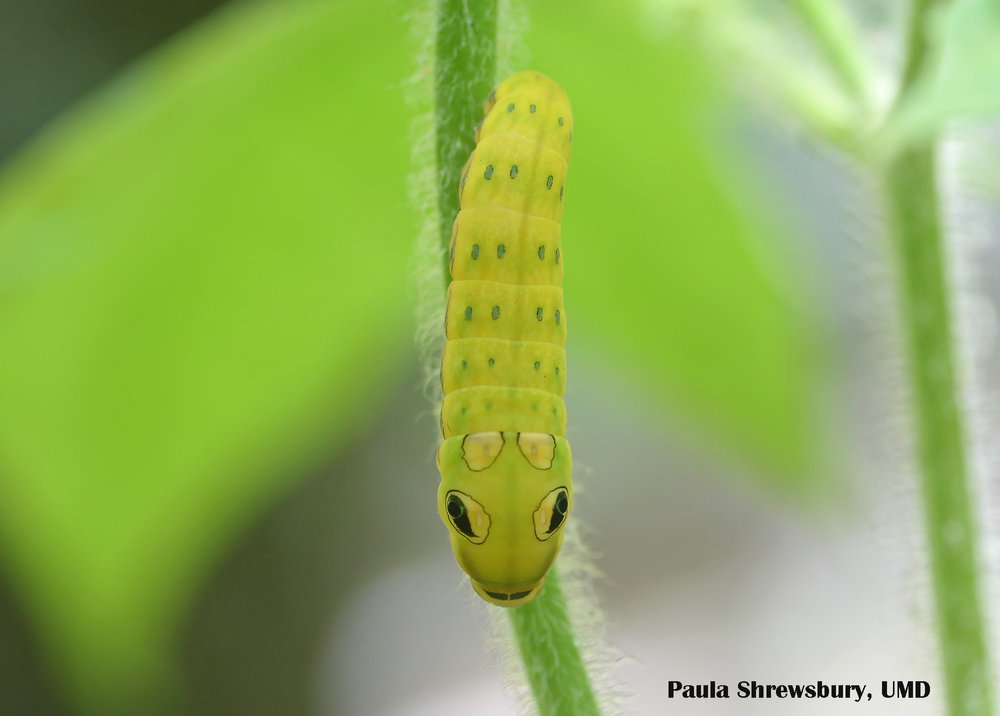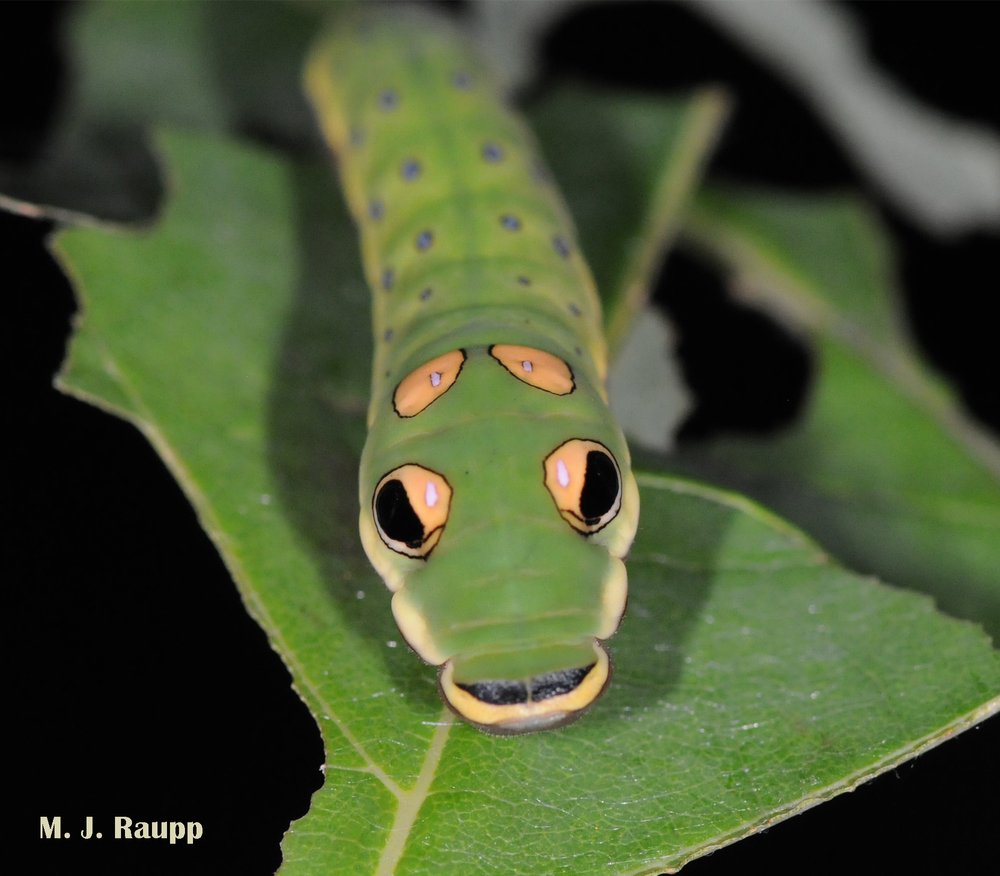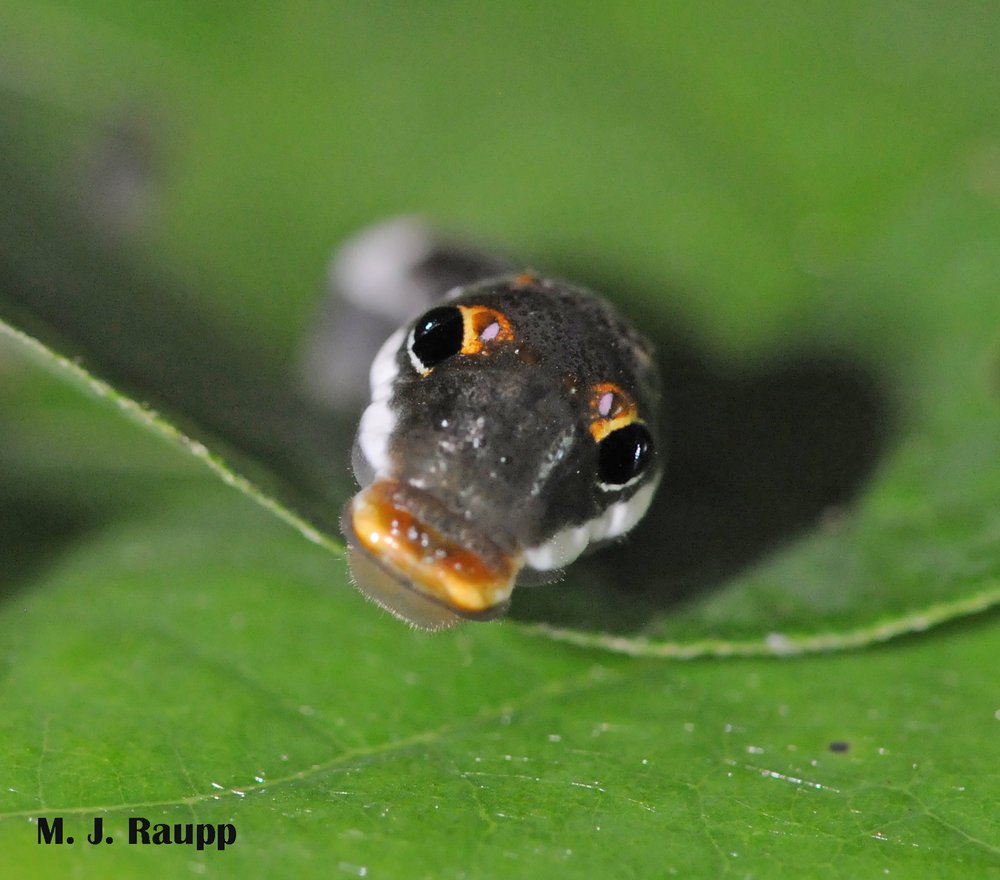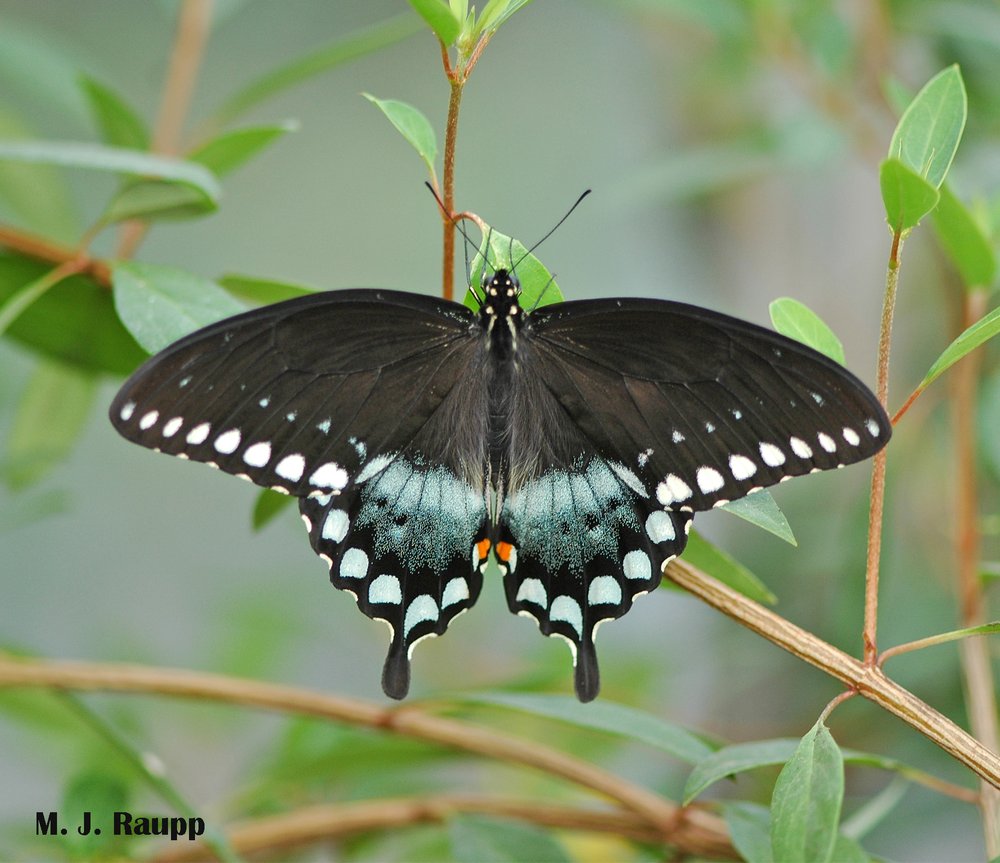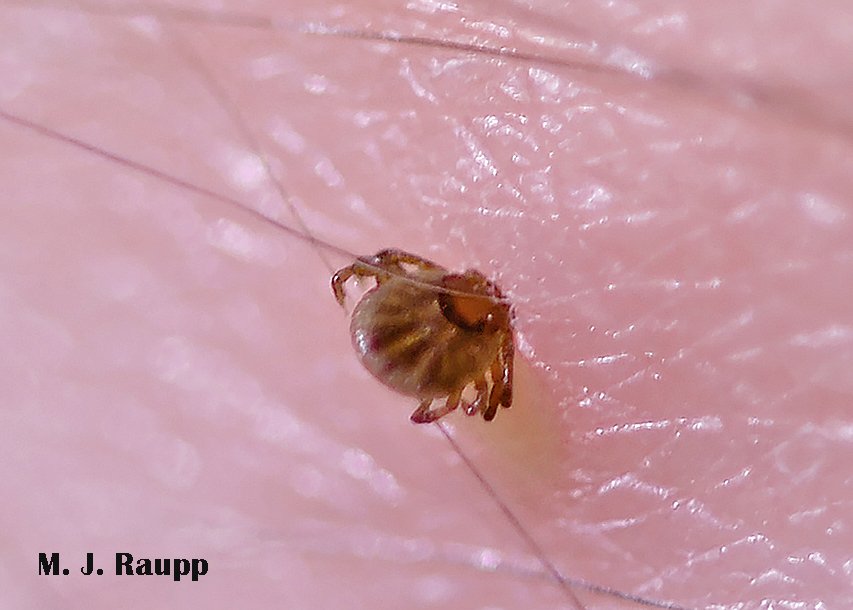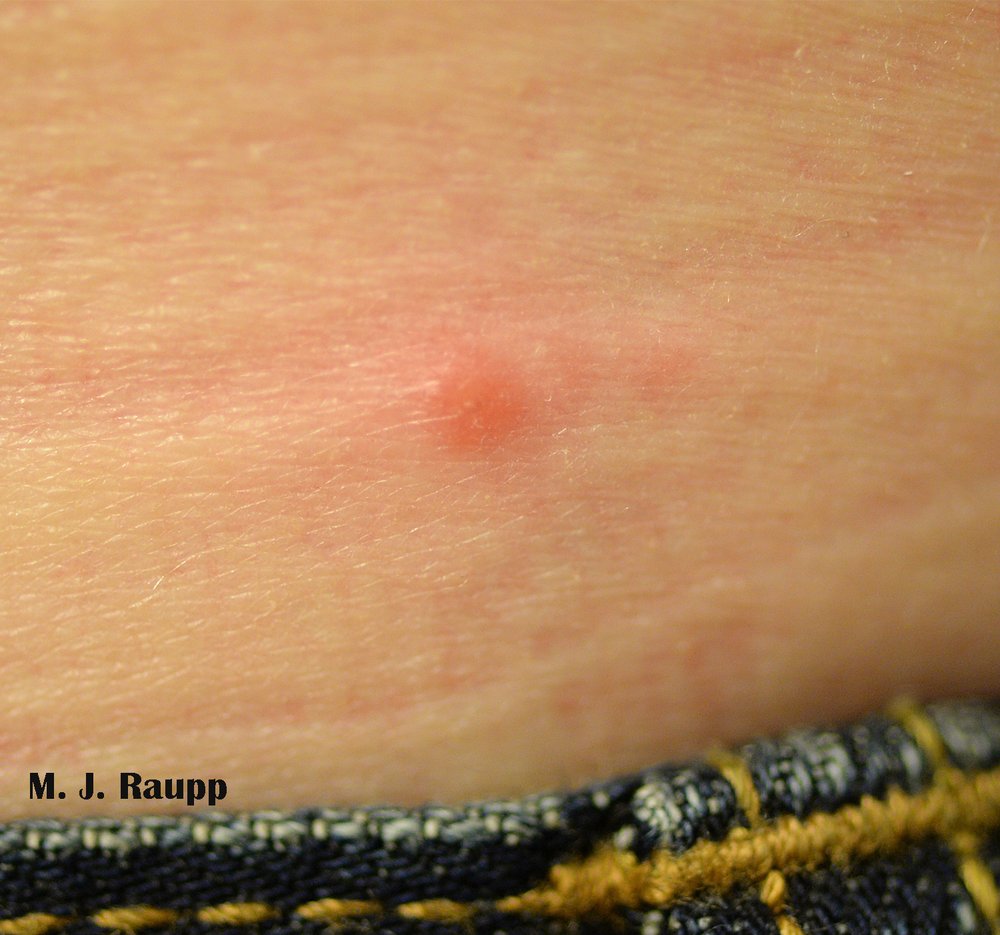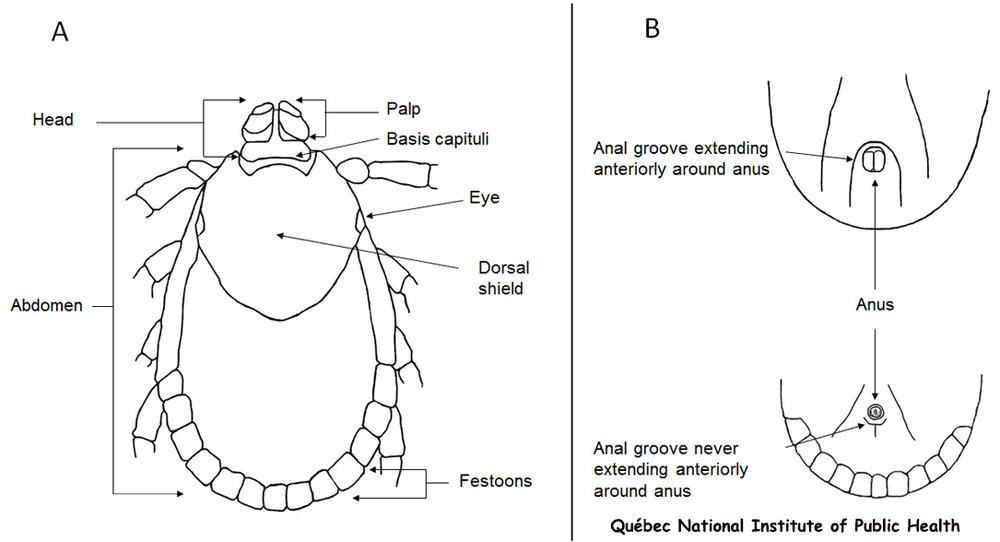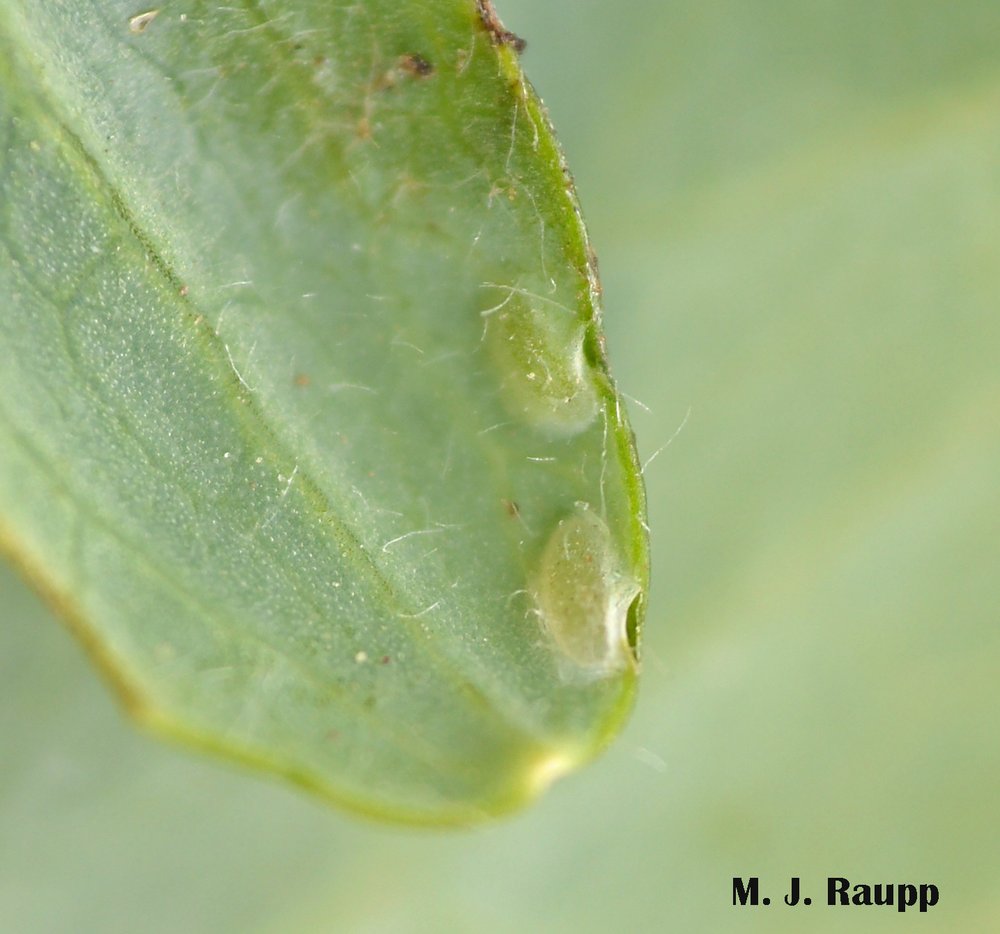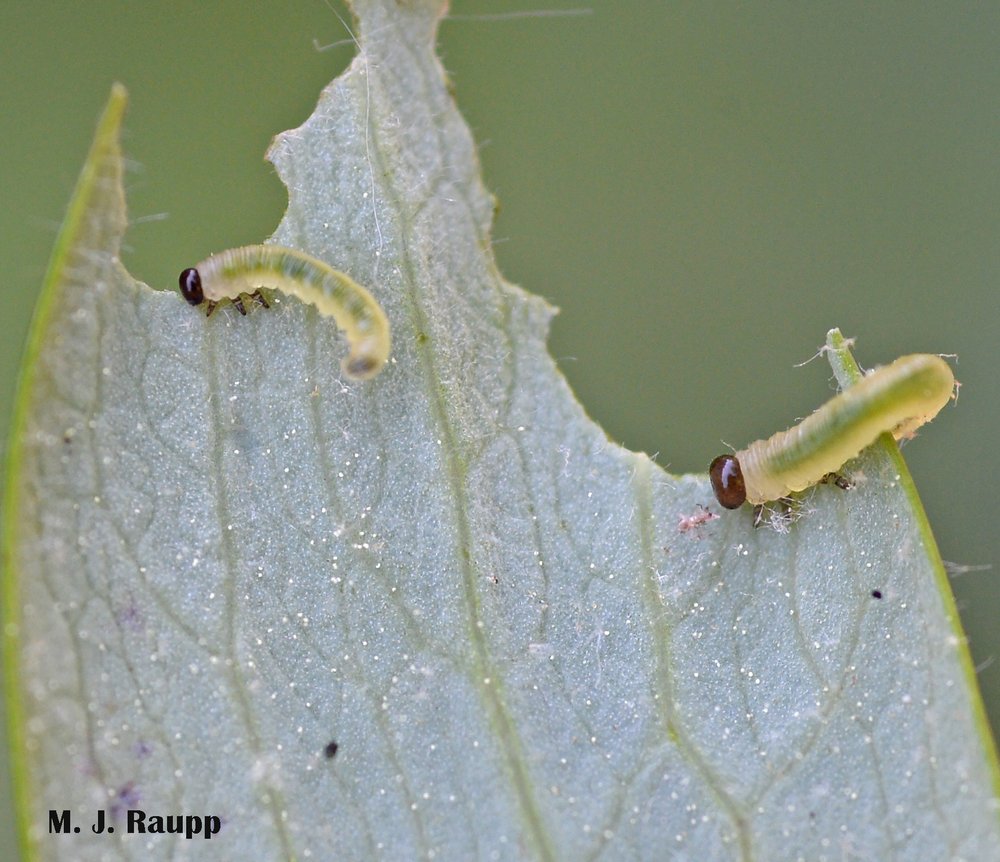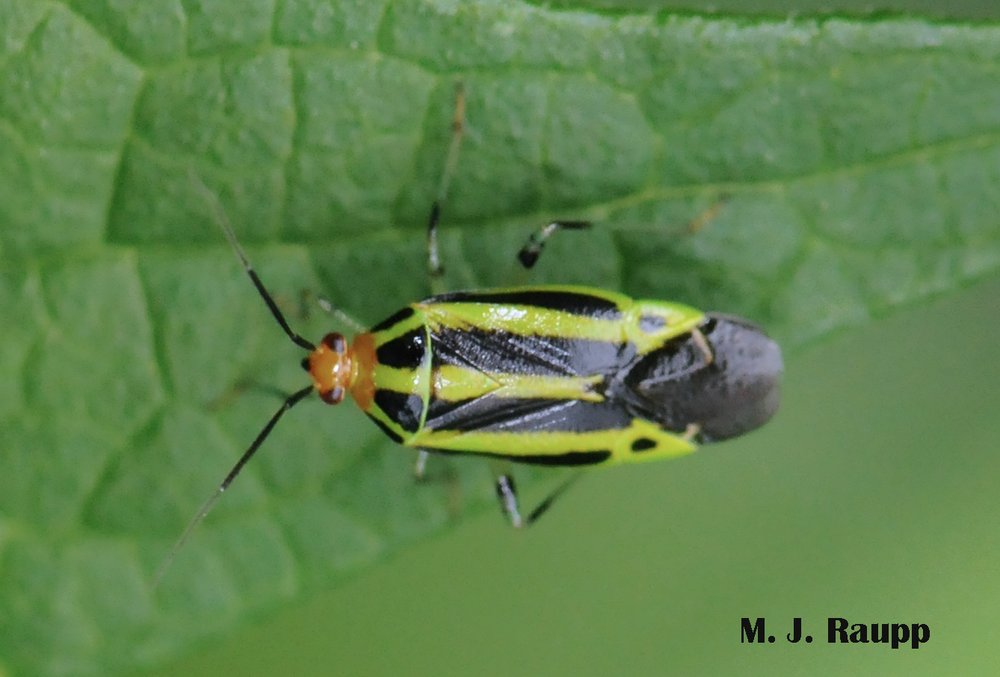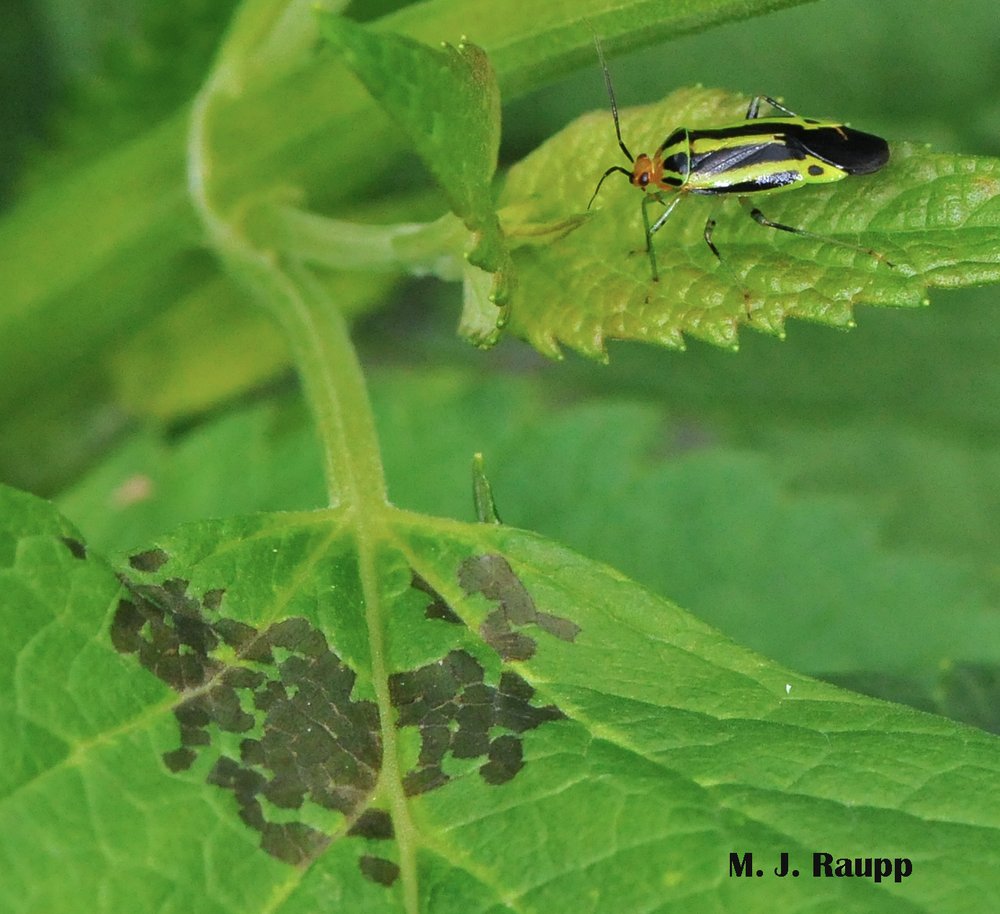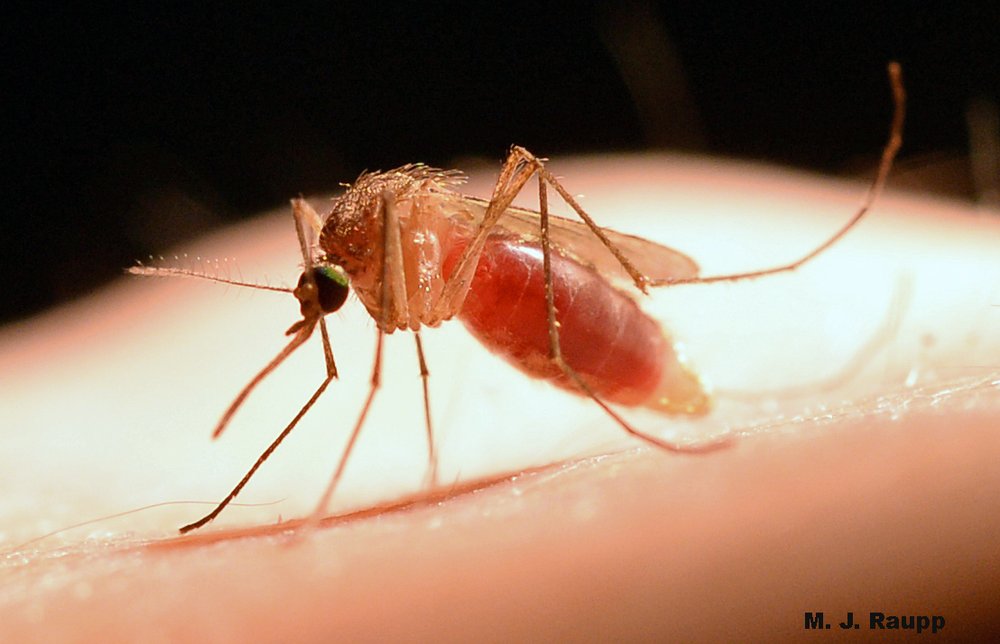Is Pest Control Safe for Pets?
More than 86 million homes across the United States have at least one pet who is a valued member of the household. Keeping your pets happy, healthy, and safe means protecting them from hazards, and that includes pests like insects, rodents, and nuisance wildlife. But is pet-friendly pest control possible?
Absolutely, but it’s essential to talk to pest technicians about your concerns and let them know about any and all pets and livestock on the property. The best course of action is to rely on professionals who have a proven track record of prioritizing the safety of people, pets, livestock, and the environment.
Catseye Pest Control’s modern pest control methods and integrated pest management (IPM) approach do just that and more.
Pest Control Services with Your Needs in Mind
Pesticides aren’t always the appropriate go-to solution. However, when chemical treatments are necessary, the products and application used for that treatment make a significant difference. Today’s household pesticides include low concentrations of chemicals, allowing them to effectively eliminate insects while safeguarding pets (and people). Additionally, the size of the droplets is large enough to prevent it from lingering in the air for extended periods.
For most pest treatments, it’s best to keep pets, livestock, and people out of the treated area until the treatment dries. This can take one to two hours, but you should talk to your licensed professional for precise guidance on timing based on the treatment they use.
Catseye’s approach to pest control takes dog safety, cat safety, and the safety of other pets into consideration. Our pet-friendly pest control services include the following:
Eco-Friendly, Pet-Friendly Pest Control with an IPM Approach
With an IPM approach, the focus shifts to prevention and maintenance rather than relying heavily on chemical treatments. It begins with a free, thorough inspection of the property that allows technicians to identify what might be drawing pests to the property, how they are getting in, and how to effectively stop them.
We will provide tips on preventing infestations, like securing trash and food items, promptly fixing leaky plumbing, and eliminating standing water outdoors. The inspection also helps our technicians develop a customized treatment plan, which may include making structural repairs, monitoring areas for pests, and using pest products as needed.
Organic and Environmentally-Friendly Services
Modern pest control methods have so many strategies available, including options like biological control. This tactic involves introducing a pest’s natural predators to the area to achieve control without using pesticides. Our environmentally-friendly services target the pest or pests infesting your home, yard, or other area on your property, while allowing us to minimize the use of pesticides.
All our services are safe for pets when you take precautions, as recommended by technicians.
Organic Tick and Mosquito Control: Ticks and mosquitoes are so much more than just outdoor nuisances. These pests pose a significant health threat to people and pets alike. Catseye’s organic tick and mosquito program relies on natural products that are safer for pets, people, and the environment. In addition to providing effective monthly organic treatments around your property, this program also provides tips to help you prevent future infestations.
Wildlife Exclusion Systems: What if you could stop pests from ever entering your property without having to use any chemicals at all? That’s exactly what Catseye’s revolutionary environmentally friendly nuisance wildlife exclusion systems offer. These permanent, chemical-free barriers provide targeted protection to areas that are vulnerable to infiltration by pests like rodents and nuisance wildlife. Each system is guaranteed to provide a long-term solution to protect you, your family, and your pets.
Platinum Home Protection: Year-round monitoring, maintenance, and prevention is a winning strategy for defending a home against pests of all types. Our Platinum Home Protection includes pest removal inside and outside as well as sealing gaps to prevent pests from finding their way inside. We also perform routine treatments with environmentally-friendly spray to deter pests and prevent infestations. Bi-monthly follow-ups allow us to keep up with any issues. Additionally, we will come to you within 24 hours if you spot a pest in between visits.
Protect Your Pets and Keep the Pests Outside
Keeping your pets safe means protecting them from harmful exposure to chemicals. It also requires maintaining a pest-free environment. Insects, rodents, and wildlife can carry dangerous pathogens that could make both people and animals ill.
Choosing the right pest control company can make all the difference in preventing problems. The Environmental Protection Agency (EPA) recommends looking for a company with the following traits:
- Licensed by state and/or local agencies and willing to disclose its certification and training requirements
- Willing to discuss the treatment plan and address any concerns you may have in addition to providing special instructions to keep your pets safe
- Reputable, with an excellent track record for providing efficient care and good customer service
- Offers a service guarantee and provides transparency about any stipulations related to it
Catseye Prioritizes Your Interests and Your Pet’s Safety
Our highly trained, licensed professionals are always happy to talk about any and all safety precautions that you should take before, during, and after treatment to safeguard your family and pets. We are always able to provide the label for any products we plan to use for you to review. We strive to provide top-notch customer service and safe, effective treatments that eliminate pests while minimizing dangers.
We take your safety seriously. Contact Catseye today to learn more about our pet-friendly pest control services.
The post Is Pest Control Safe for Pets? appeared first on Catseye Pest Control.
This article appeared first on Catseye Pest
